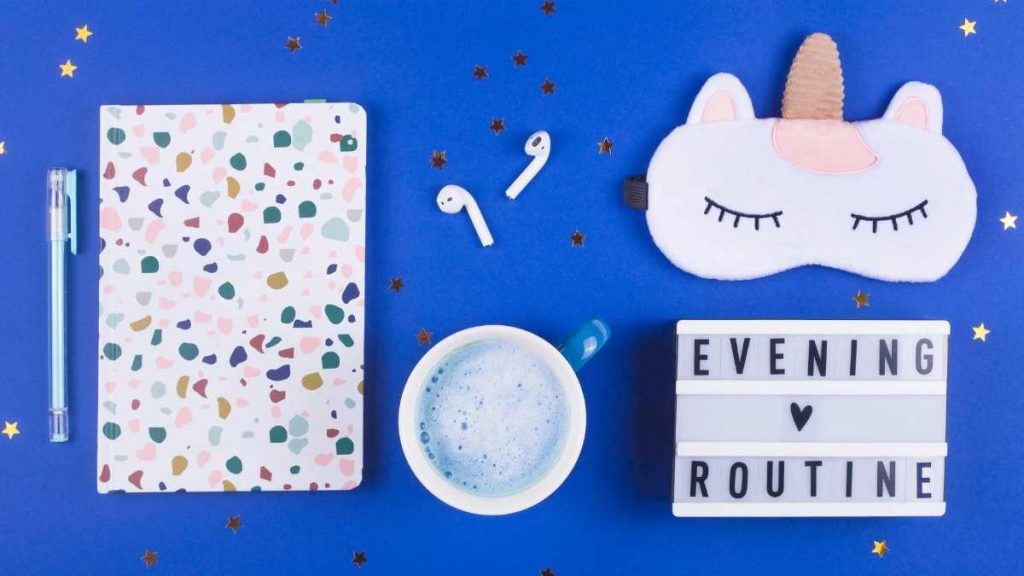Have you ever laid awake wondering if your baby will ever learn to self-soothe?
Or maybe you have wondered what babies do to self-soothe?
In this post, we are going to help to clear that up.
What Does Self-Soothing Mean?

Self-soothing is a characteristic in babies that allows them to sleep according to their choice with minimal or even no crying. They might be awakened, make a little noise, and return to sleep.
As they grow older, many newborns spontaneously begin to self-soothe. In other situations, parents or caregivers use a variety of strategies to promote the behavior.
There are various methods for helping newborns self-soothe, ranging from the destruction method, sometimes known as “crying it out,” to more progressive methods.
Is Self Soothing Good For Babies?
The ways people employ to self-soothe might be contentious.
Some might feel that newborns cannot and should not be required to self-soothe, whereas others think it is necessary for their development.
However, there is also no clear proof that newborns who can self-soothe are more developed than others who cannot. There is no agreement on whether the methods used to promote it are useful or detrimental.
We know that sleep is essential for a child’s development and performance.
Parents and carers may benefit the most from self-soothing.
Since sleep deprivation may be detrimental to newborns and their families, the capacity to self-soothe is beneficial to those struggling.
Self-Soothing Methods To Help Your Baby

Self-soothing typically refers to newborns falling asleep by themself or returning to sleep after waking up in the middle of the night.
Babies cry since it is the only way for them to communicate.
Around the age of six months, most babies begin to self-soothe.
It’s a major thing whenever your baby can self-soothe themself to sleep. While each baby is unique and no specific method will fit everyone, we’ve created a list of suggestions to make the situation go as smoothly as possible.
Set Up A Bedtime Routine
There are several advantages to developing sleep habits. Sleep habits, no matter how basic they are, like reading a good book, humming a tune, or taking a shower, can signal to the body that this is the time to unwind and sleep.
Sleep regimens provide consistency. Consistency is crucial in teaching children how and when to respond to various circumstances.
However, if they can’t understand what’s being said to them, newborn babies can pick up on regular indications about when it’s time to go to sleep.
Understand The Importance Of Time
By six months, most parents see their child showing self-soothing skills.
Many babies can spend 8 or even more hours without requiring a meal by reaching 6 months (4 months for mine). Therefore, it’s a great time to teach them to self-soothe themself to sleep and go back to bed if they start waking up.
When separation anxiety takes hold, about eight to nine months, it’s better to develop self-soothing habits.
When your child is already anxious about being away from their favorite people, learning to calm them back to sleep may be difficult.
Create A Sleeping Atmosphere That Is Peaceful, Dark, And Cool
Just like you, your baby requires a pleasant and secure environment to fall asleep in and stay asleep.
When a baby is placed in a sleeping environment that is properly prepped for sleeping, it’s easier to fall asleep.
They’re also much more inclined to remain asleep despite sounds, shivers, or heat sweats waking them up.
Try To Settle Your Child AFTER Feeding, No During
Your baby isn’t truly self-soothing or trying to self-soothe when they fall asleep while feeding on the bottles or breasts. Although it is much easier!
You may help your child develop self-soothe while ensuring they receive adequate food by shifting the nighttime feeding sessions to a little earlier section of the sleep routine.
While this is a relatively easy modification to most sleep habits, it might result in some sad sobbing as your baby develops alternative methods to settle for sleep.
When your baby begins to self-soothe without feeding or complete body human touch, you might have to stay beside the crib providing verbal reassurance or perhaps even the odd belly rub.
Give Them A Safe Sleeping Area
According to Healthychildren.org, you should not keep cushions, toys, or too many blankets in your baby’s cot in the first year of their life due to the danger of sudden infant death syndrome (SIDS).
If your baby is older, a stuffed animal or blankets to which they’ve become attached might serve as an attachment to assist them in self-soothing back to sleep.
If your baby isn’t big enough to sleep with a cuddly toy or a stuffed toy, a pacifier can aid throughout the self-soothing phase.
Feed Them Before They Get Too Tired
It might be tough to persuade your baby to finish the final few drops of their bottle or not scream out in pain at every movement in their environment if they are overtired.
Their capacity to manage their feelings and self-soothe will be significantly impaired if they are overly fatigued for various reasons.
It is easy to break apart and lose self-control since we’re exhausted, even as grownups.
When Are Babies Able to Self-Soothe?

The stage at which newborns can self-soothe varies based on the baby and their sleep surroundings.
Since newborns’ sleep cycles are erratic, they need to be fed often to build weight; allowing them to self-soothe may be detrimental.
Many children can completely self-soothe by the age of three or four years. Self-soothing gets simpler as your baby ages, and their sleep habits become much more predictable.
If you want your baby to be ready to soothe themselves straight to sleep, you must be willing to change your existing routine to help them learn to do so.
Final Thoughts
There are a variety of ways and tactics you may use to help your baby self-soothe.
Whenever you are experiencing difficulties, you should check in with a qualified pediatrician.
There are many ways to get a baby to sleep, but not all of them will help everyone, and some require a lot of patience too!
Parents and carers should follow their intuition, react to the baby’s signals, and seek professional support if they have difficulties.
